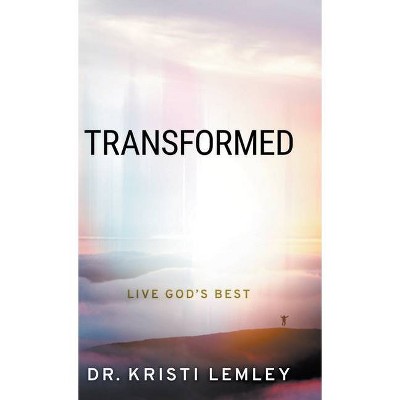An Empire Transformed - (Early American Places) by Kate Luce Mulry (Hardcover)
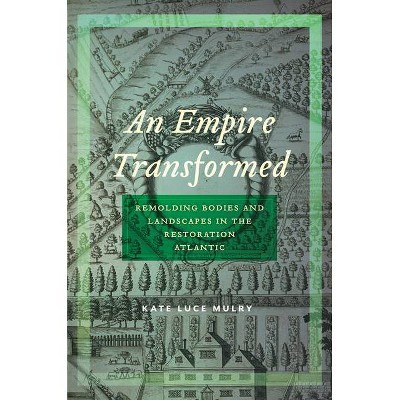
Similar Products
Products of same category from the store
AllProduct info
<p/><br></br><p><b> About the Book </b></p></br></br>""An Empire Transformed" explores bodies and landscapes in Restoration Atlantic"--<p/><br></br><p><b> Book Synopsis </b></p></br></br><p><b>Examines the efforts to bring political order to the English empire through projects of environmental improvement</b> <p/>When Charles II ascended the English throne in 1660 after two decades of civil war, he was confronted with domestic disarray and a sprawling empire in chaos. His government sought to assert control and affirm the King's sovereignty by touting his stewardship of both England's land and the improvement of his subjects' health. By initiating ambitious projects of environmental engineering, including fen and marshland drainage, forest rehabilitation, urban reconstruction, and garden transplantation schemes, agents of the English Restoration government aimed to transform both places and people in service of establishing order. Merchants, colonial officials, and members of the Royal Society encouraged royal intervention in places deemed unhealthy, unproductive, or poorly managed. Their multiple schemes reflected an enduring belief in the complex relationships between the health of individual bodies, personal and communal character, and the landscapes they inhabited. <p/>In this deeply researched work, Kate Mulry highlights a period of innovation during which officials reassessed the purpose of colonies, weighed their benefits and drawbacks, and engineered and instituted a range of activities in relation to subjects' bodies and material environments. These wide-ranging actions offer insights about how restoration officials envisioned authority within a changing English empire. <p/><i>An Empire Transformed</i> is an interdisciplinary work addressing a series of interlocking issues concerning ideas about the environment, governance, and public health in the early modern English Atlantic empire.</p><p/><br></br><p><b> Review Quotes </b></p></br></br><br>A fascinating account of how King Charles II initiated a remarkable array of reforms and improvement projects during the Restoration era, dramatically extending the reach of government into people's daily lives and strengthening the sinews of English imperial control. While some met with resistance or failure, the resulting transformations--ranging from the modification of London's urban landscape to the draining of swamps in colonial America--all shared the goal, quite literally, of remaking places and their inhabitants for the greater benefit, glory, and security of the Crown.--Jennifer L. Anderson, Stony Brook University<br><br>A superb study of the ways Stuart officials, in the wake of the Restoration, consolidated Crown authority by embracing a culture of 'improvement.' In efforts to cultivate England's growing empire, they modernized cities, drained fenlands, and supported both philosophical investigation and agricultural innovation. Deeply researched and filled with insight, Mulry's book encourages us to rethink this period of political and social upheaval on nature's terms.--Christopher L. Pastore, author of Between Land and Sea: The Atlantic Coast and the Transformation of New England<br><br>Brilliantly weaves together environmental history, sensory history, and the histories of science and political culture to offer a bold new perspective on the Restoration court's embrace of Atlantic imperialism. Its richly detailed depiction of schemes for environmental transformation and political restoration on both sides of the Atlantic proves once and for all that Charles II and his courtiers had a coherent vision for empire--a profoundly ambitious one that sought to 'improve' both the places and the people of the King's restored domain. Mulry's work will redefine the way we understand this pivotal moment in the development of the English Atlantic.--Paul P. Musselwhite, author of Urban Dreams, Rural Commonwealth: The Rise of Plantation Society in the Chesapeake<br><p/><br></br><p><b> About the Author </b></p></br></br>Kate Luce Mulry is Assistant Professor of History at California State University, Bakersfield. She received her PhD from New York University. Her research and writing investigate the intersection of environmental history, the history of science and medicine, and ideas about the body in the early modern Atlantic world.
Price History
Cheapest price in the interval: 35.49 on October 23, 2021
Most expensive price in the interval: 35.49 on November 8, 2021
Price Archive shows prices from various stores, lets you see history and find the cheapest. There is no actual sale on the website. For all support, inquiry and suggestion messagescommunication@pricearchive.us
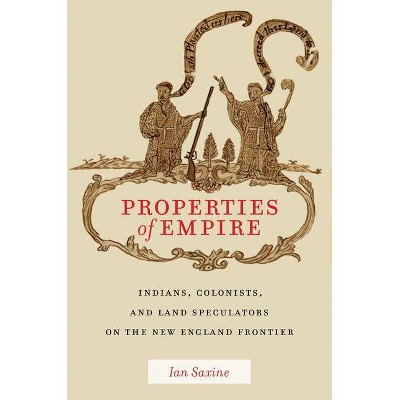
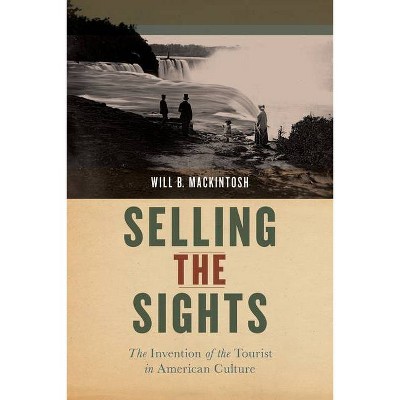
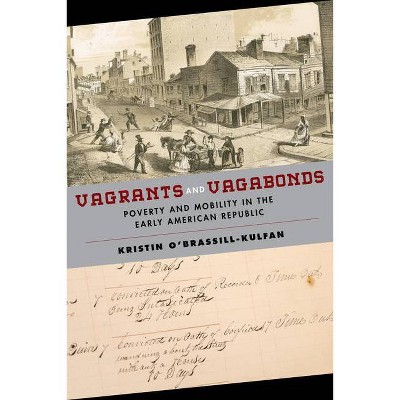

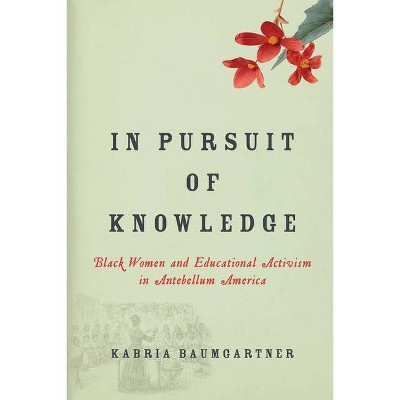
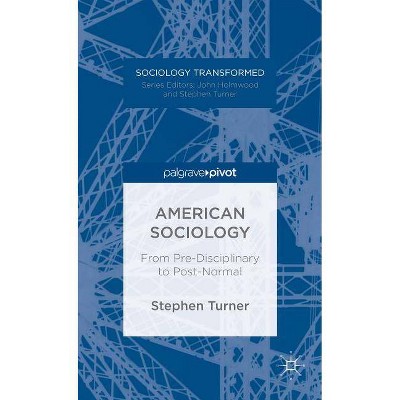

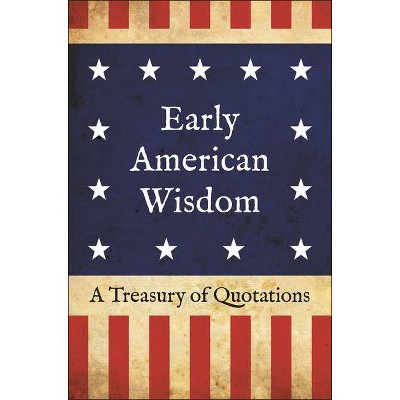
![American Empire [DVD] [1942]](https://pisces.bbystatic.com/image2/BestBuy_US/images/products/3474/34747114_so.jpg)
